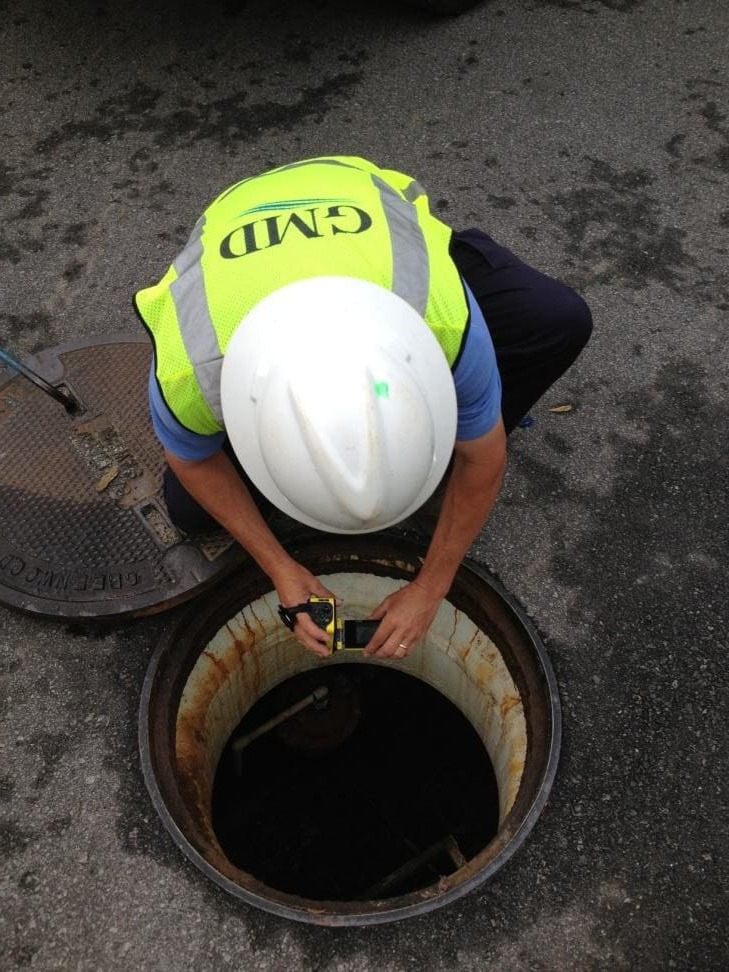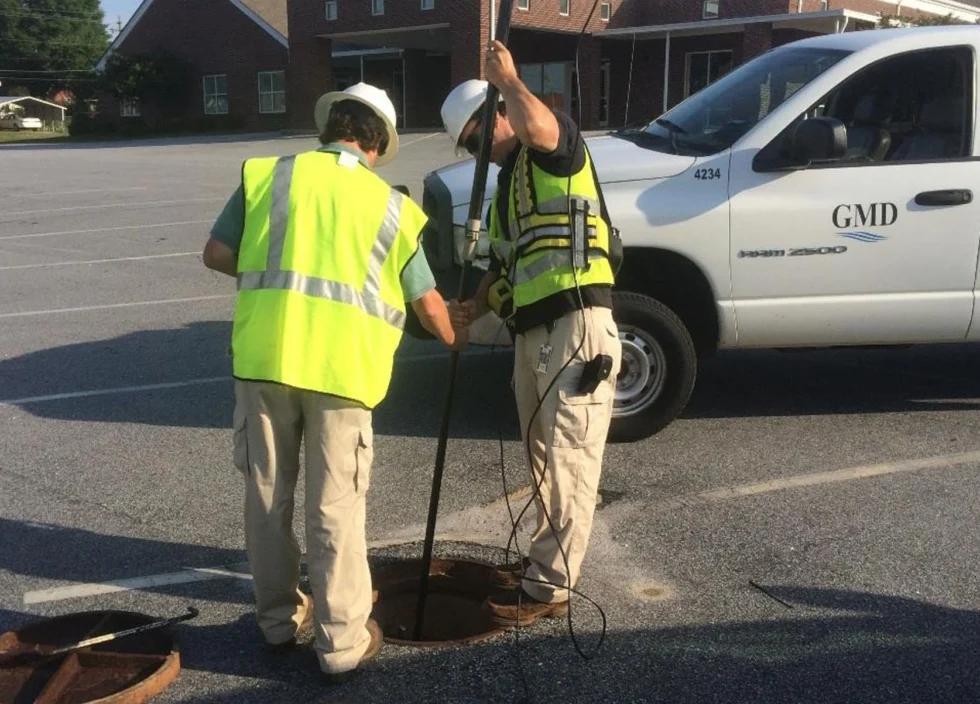Challenge
Greenwood Metropolitan District (GMD), a special purpose district in Greenwood County, South Carolina, encountered major inefficiencies in its sewer inspection workflow. All CCTV inspections were handled manually—crews relied on printed maps to determine their inspection locations, manually entered asset information in the field, and uploaded data to servers only once per week. This process created substantial delays between data collection and usability, frequent errors due to manual input, and redundancy across disconnected systems. The lack of integration made it difficult to schedule crews effectively or analyze system performance in real time.
Solution
To modernize its inspection workflow and eliminate inefficiencies, GMD adopted ITpipes as the central engine for CCTV inspection management. By integrating ITpipes with their existing asset management system, GMD transformed a manual, disjointed process into a digital, automated workflow. ITpipes enabled the creation of inspection assignments using SmartTabs, which allowed crews to access detailed, pre-loaded inspection information directly from their trucks. This drastically reduced field preparation time and eliminated guesswork. The wireless sync feature ensured that as soon as inspections were completed, all data—including video footage—was automatically uploaded and immediately accessible to office staff. ITpipes’ intuitive, GIS-enabled interface allowed field crews to work confidently with accurate asset data, while the centralized platform streamlined review and reporting processes. The implementation of ITpipes gave GMD a unified inspection environment, bringing visibility, control, and speed to their entire workflow.

Partners
This successful integration involved key technology partners. Esri provided the GIS backbone, ensuring accurate spatial data and mapping capabilities. Cityworks served as the asset management system used to schedule, track, and manage all inspection tasks. ITpipes delivered the inspection software platform, enabling crews to perform and sync inspections using mobile tools fully integrated with Cityworks and Esri. The combined ecosystem allowed GMD to streamline field operations and centralize all inspection data in one accessible system.
Results
The implementation of ITpipes delivered measurable improvements across GMD’s inspection operations. Prior to integration, GMD operated two CCTV trucks that averaged 150 inspections per day—each requiring manual setup, data entry, and later review to catch errors. The process was slow, error-prone, and heavily dependent on human input. After adopting ITpipes, the same two trucks maintained their inspection volume but did so with dramatically improved accuracy, reduced prep time, and real-time data availability. Inspection assignments were now preloaded with asset data, eliminating the need for manual location lookups and data entry.
ITpipes’ wireless sync ensured that as inspections were completed, the data—including video and reports—was automatically uploaded and immediately accessible to supervisors and engineers. This shift not only eliminated the weekly backlog of uploads but also gave GMD the ability to act on inspection findings the same day they were discovered. The intuitive SmartTab interface allowed field crews to easily identify and complete assigned work, while built-in mapping and video viewing tools enabled staff to analyze results and make decisions without toggling between platforms.
The result was a leaner, more responsive workflow that maximized the productivity of each crew and vehicle. Supervisors gained real-time oversight of field activity and inspection outcomes, supporting better planning and accountability. With ITpipes, GMD moved from a reactive, labor-intensive model to a streamlined, proactive system—saving time, reducing operational costs, and improving service reliability for their community.

